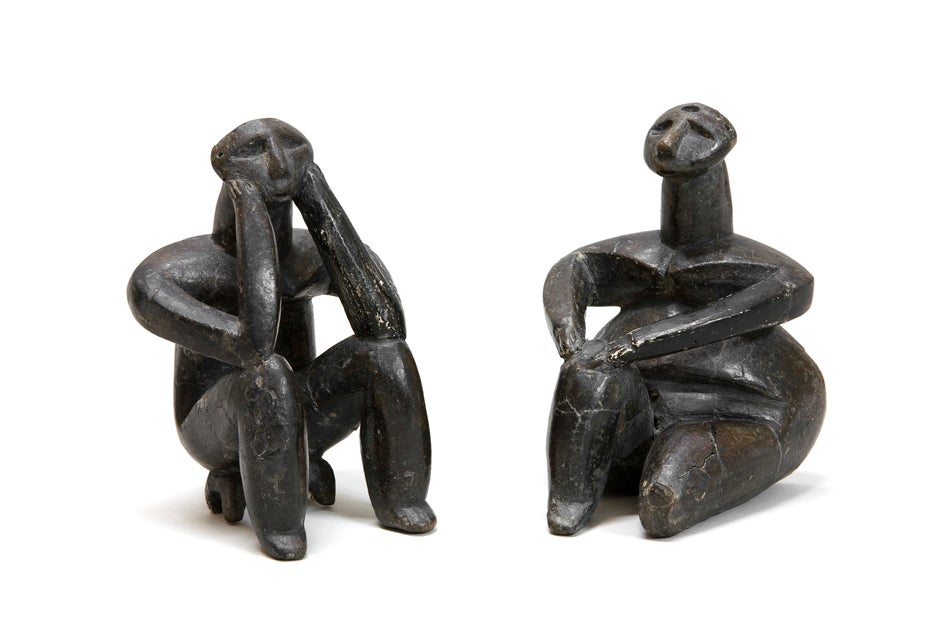The discovery of the 7,000-year-old Varna Necropolis in 1972 sent shockwaves through the archaeological world. The 264 graves complete with exquisite funerary gifts proved that at the time when ancient Egyptians had just started to settle in the Nile Delta, and long before the invention of the wheel, 'Old Europeans' in modern day Bulgaria were already crafting high-quality gold and bronze objects.
Now, visitors to Oxford’s Ashmolean museum will be able to discover the facts about this precocious civilization themselves, with the opening of a new exhibition: The Lost World of Europe: The Danube Valley, 5000-3500 BC. The exhibition contains more than 250 artefacts from the era, each demonstrating the incredible level of sophistication, technological skill and creativity that was achieved in what is now south-eastern Europe.
Neolithic farmers living in the fertile valleys of the Danube had advanced ideas about the afterlife, widespread trade connections and the oldest known elite burial. They were able to create stunning painted pottery as well as copper and gold objects, and established a trade network stretching from the Aegean to north-west Europe, and even into the UK. The large numbers of elaborate female figures discovered also suggest that a matriarchal society flourished in Old Europe - one which appears to have been relatively peaceful.
Highlights of the exhibition include beaded necklaces, bracelets, pendants and amulets made out of Spondylus shell, the oldest major collection of gold artefacts ever found, an enigmatic set of 21 terracotta female figurines, and a set of chairs from Poduri-Dealul Ghindaru in modern Romania.
Christopher Brown, Director of the Ashmolean said, “We are delighted to host this remarkable exhibition, which I was tremendously excited by when I first saw it in New York. ISAW has revealed the richness and complexity of ancient cultures, which are rediscovered in this exhibition and for the first time given the importance they deserve in the development of western civilisations”.
'The Lost World of Europe: The Danube Valley, 5000 to 3500 BC' is at the recently revamped Ashmolean Museum from May 20th until August 15th, 2010. Admission is £6, and an accompanying catalogue is available.
The Lost World of Old Europe: The Danube Valley, 5000-3500BC – Object Highlights
Why did the collapse of Old Europe bring a shift from female to male power?
Astonishing news from Bulgaria: Woman fired up the Copper Age

Join our commenting forum
Join thought-provoking conversations, follow other Independent readers and see their replies
Comments